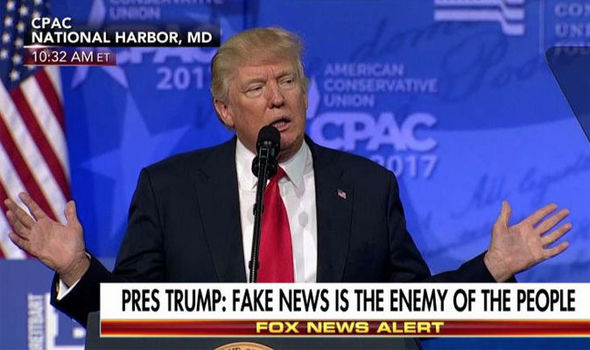There is something that is probably more influential than anything else in modern culture, and that’s a thing called third party groups. For those that don’t know, a third party group in the context of propaganda and influence is simply an outside group that is not “officially’ connected to the two major sides of a debate or issue.
Let me give you a simple example of a typical use of a third party, and one that actually was used many times. Let’s say I am a very large car company, I want people to drive cars, obviously. Now let’s say there is a movement in several large cities to implement new and better public transportation, one that will make it less necessary to own a car. Of course, as a car company, this hurts my business. But I can’t just come out and tell everyone that the public transportation project is bad because everyone will know I’m saying that for selfish reasons since I just want to sell more cars. So instead, I either create or find a “third party” group that opposes the public transportation project. Of course, I obscure my creation or funding of these groups through different funds and charitable donations. This new group now acts as my attack dog, it does studies and compiles other data to say how the new public transportation project will just be a waste of money, full of corruption, and won’t end up helping anything. The general public is unaware that this group is actually created or funded by me. The group appears to be an objective source of information, so the news media runs their story and arguments.
Another example of this that I’m sure everyone has heard and possibly without knowing is when you are watching the news. When a statistic is put out by a group, that’s an example of a paid third party. For example, if the news report says something along the lines of “The Center for Fair Tax Policy” recently reported that the current tax bill would cause the creation of 300K jobs”. Such a number and claim is an obvious use of a third party to sway public opinion. No organization just hires a bunch of accountants and experts and puts out reports on tax policy. They are always being paid or funded by a group who controls what they put out. Most “think tanks” that push out numbers are exactly the same thing.
As you can see, the whole point of these third parties is to create a fake but seemingly objective source of information but is actually promoting the interests of an invested party for their own gain.
A man named Edward Bernays, who is considered by some to be the father of modern propaganda and manipulation perfected these techniques.
So how does this relate to the seemingly new obsession with “fake news” and why some media platforms are determined to figure out what is real news and what is fake? Well, it turns out that “fake news” was just another in a long line of third parties trying to influence public opinion on behalf of powerful entities.
Sharyl Attkinsson has recently reported that the term “fake news” was actually a media operation meant to label anything outside the mainstream narrative as “fake”. The people behind this term noticed the rise in alternative journalists, bloggers, and other unconventional media influencers. So they decided to start a campaign to label these alternative news sources as “fake news”. Unfortunately for them, in 2016 the campaign of Donald Trump co-opted the term and used it against the mainstream media before the term could be properly applied as the people behind it intended.
According to Attkinsson, while doing research for her book, The Smear: How Shady Political Operatives and Fake News Control What You See, What You Think, and How You Vote, she came across one of these third party entities called First Draft. First Draft was a typical third party political advocacy group. Its donors included Google, which has entered the news business by testing several different measures to deem news results correct or “fake”. At the time, the CEO of Google was Eric Schmidt, who jumped on board the Hillary Clinton campaign as her technology adviser.
Attkinsson states that First Draft was where the “fake news” movement got its start and she shows data from Google Trends that show the term was basically non-existent before First Draft started peddling the idea. Soon, the idea started to get parroted by the usual suspects in the media. Only a month after First Draft started talking about the issue, Barack Obama mentioned in a speech that there is a need to combat fake news through some sort of curation process. Attkisson believes this was a call from the top to start pushing the “fake news” narrative and soon after, the term was pretty much everywhere. Even a search on Google Trends shows the word took off in search results seemingly out of nowhere.
So once again, we see a classic case of a third party group being used to create a fake “movement”. Virtually every movement you have seen was created like this. From fake news to other activist organizations, they can all be traced back to initial backing from those with a lot of money and an agenda to push. The tell tale sign is when they seemingly come out of nowhere and dominate the public debate. All pundits are talking about it when nobody was just a few weeks before. So be on the look out for these groups when watching the news or researching a topic. They are virtually in every side of almost every public debate at the moment.


SHARE